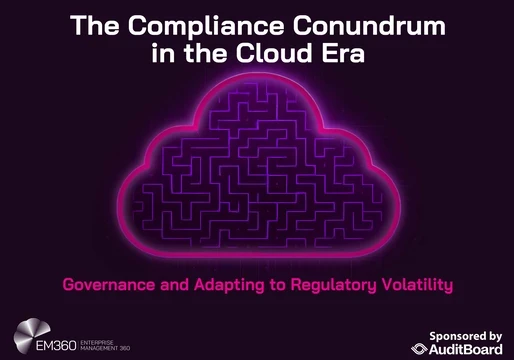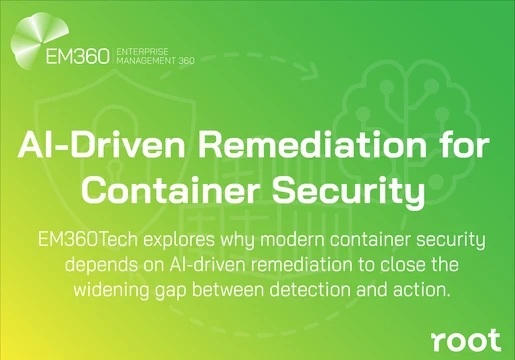
Written by Kennet Harpsøe, Lead Security Research Engineer at Logpoint
Critical National Infrastructure (CNI) has increasingly found itself in the crosshairs of cyberattacks as geopolitical tensions rise. The UK's National Cyber Security Centre (NCSC) has issued repeated warnings for organisations to prepare for potential hostilities, underscoring the vulnerabilities faced by essential service providers. In an environment where a single breach can trigger widespread chaos, adopting robust security measures is no longer optional.
Despite regulatory frameworks like the EU's NIS2 directive and the UK Cyber Security Resilience Bill, compliance alone is unlikely to suffice. Many CNI organisations continue to grapple with operational and security challenges, making it difficult to implement the comprehensive risk management strategies these regulations demand. A critical part of bolstering their resilience lies in the adoption of Zero Trust architectures, a cybersecurity model once exclusive to large corporations but now increasingly indispensable across sectors, including manufacturers and suppliers to CNI.
Zero Trust operates on a simple yet effective principle: "never trust, always verify." Unlike traditional security models that rely on perimeter defences, Zero Trust assumes that every device, user, and network interaction is a potential threat until verified otherwise. This framework is particularly well-suited for CNI organisations where sensitive operations and public services are prime targets for adversaries.
Leveraging technology for enforcement and monitoring
Modern Security Information and Event Management (SIEM) solutions are essential in making sense of the vast amounts of telemetry data generated by Zero Trust frameworks. One of the key challenges is correlating disparate signals such as configuration changes, suspicious service account activity, or LOLBAS (Living Off the Land Binaries and Scripts) signals, to detect sophisticated attack patterns.
Hypergraphs, an emerging technology used in advanced SIEM platforms, offer a groundbreaking solution by capturing complex relationships between multiple events. Unlike traditional graphs that map simple connections, hypergraphs reveal hidden patterns that may indicate a coordinated attack. For example, a denied AnyDesk request combined with scheduled tasks and file-sharing activities might initially seem unrelated. However, hypergraphs can connect these events, exposing a potential ransomware attack.
By providing enriched narratives rather than isolated alerts, hypergraphs reduce the workload for Security Operations Centre (SOC) analysts and help them focus on high-priority threats.
Automating Zero Trust
The data explosion brought on by Zero Trust frameworks demands the integration of Artificial Intelligence (AI) and Machine Learning (ML) to process and prioritise alerts. AI-powered tools can detect behavioural anomalies, predict attacker movements, and suggest actionable countermeasures. This shift from reactive to proactive security enables organisations to anticipate threats rather than merely responding to them.
Large language models (LLMs) are also playing a transformative role by turning complex, structured data into actionable insights. Imagine a scenario where hyper-graphs identify a series of detections indicative of an advanced attack. An LLM can assess whether the activity warrants human intervention, recommend specific actions, and even generate reports for stakeholders.
The benefits of AI and automation extend beyond threat detection. They significantly reduce alert fatigue by filtering out low-priority notifications, allowing SOC teams to focus on genuine threats. Automation also plays a critical role in Zero Trust architectures, enforcing security policies and isolating compromised devices without human intervention.
CNI providers face unique challenges due to the high stakes involved in their operations. Adopting Zero Trust is no longer a luxury but a necessity. The model not only enhances security but aligns with broader trends like remote work and cloud computing, making it a future-proof strategy.
The increased telemetry and alert volumes associated with Zero Trust can be daunting because of the administration it requires. But the right combination of AI-driven tools, close vendor collaboration, and ongoing training can unlock its full potential. With advanced SIEM solutions, hypergraphs, and LLMs, organisations can navigate these challenges and strengthen their cybersecurity posture







Comments ( 0 )